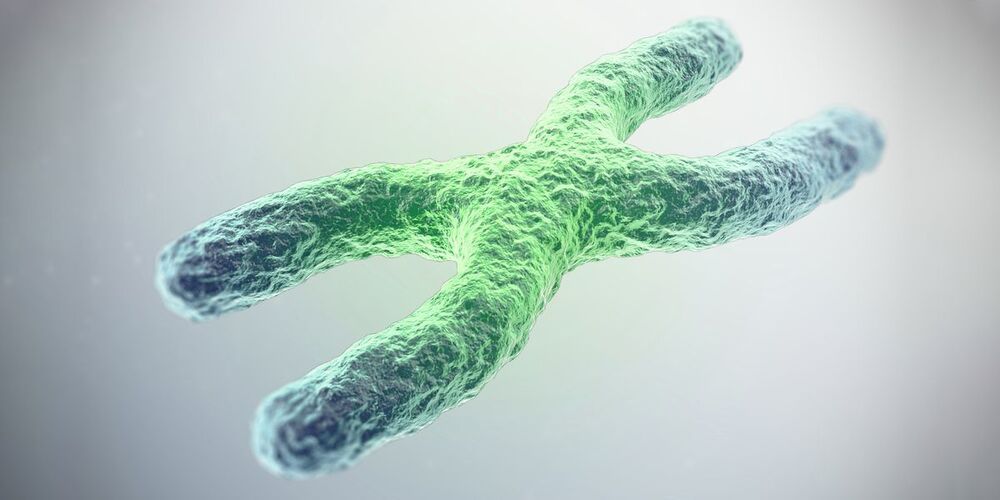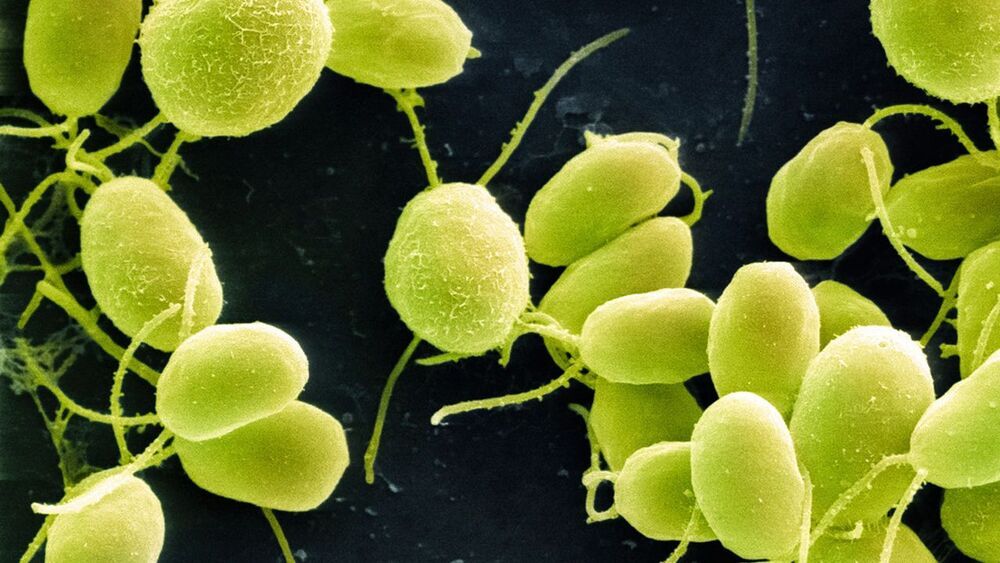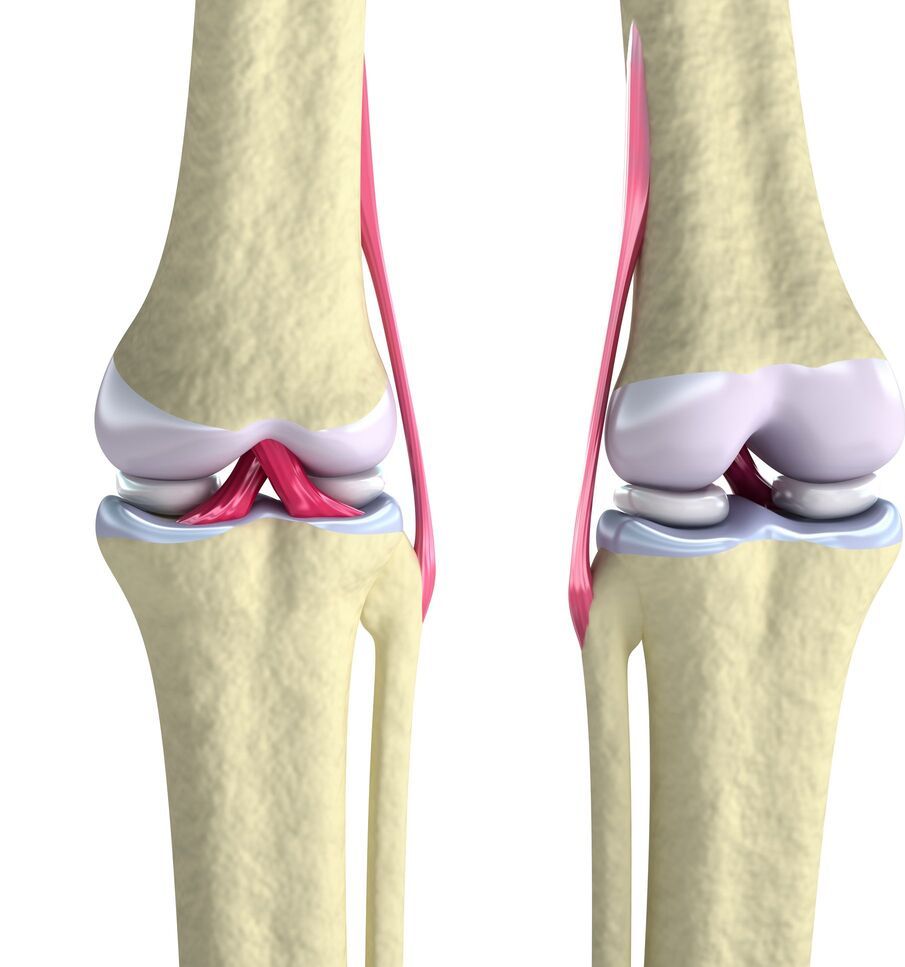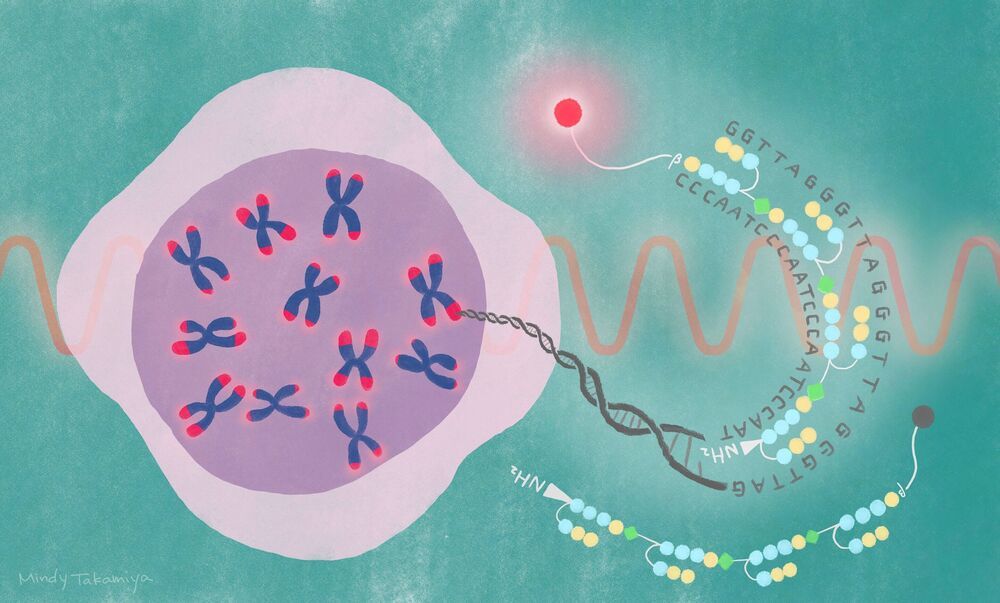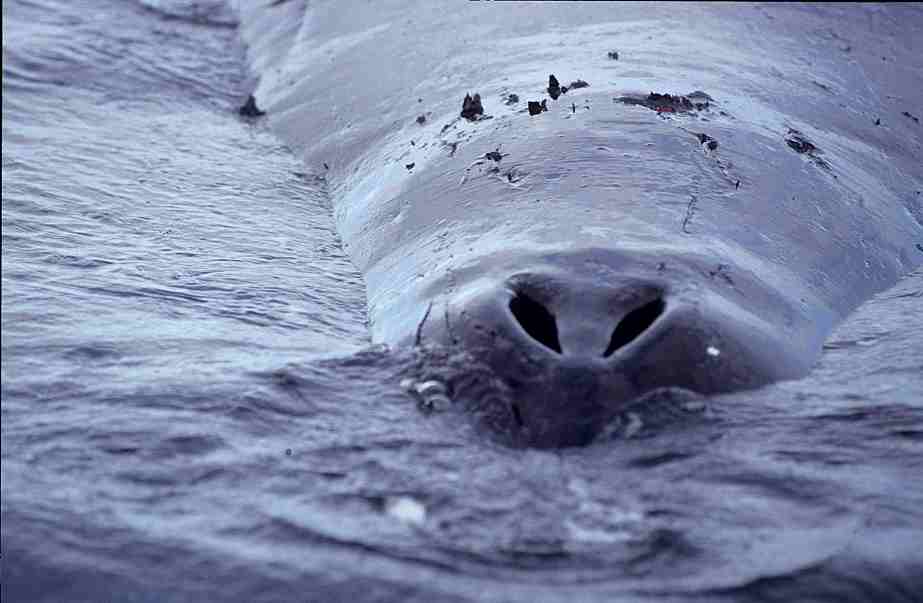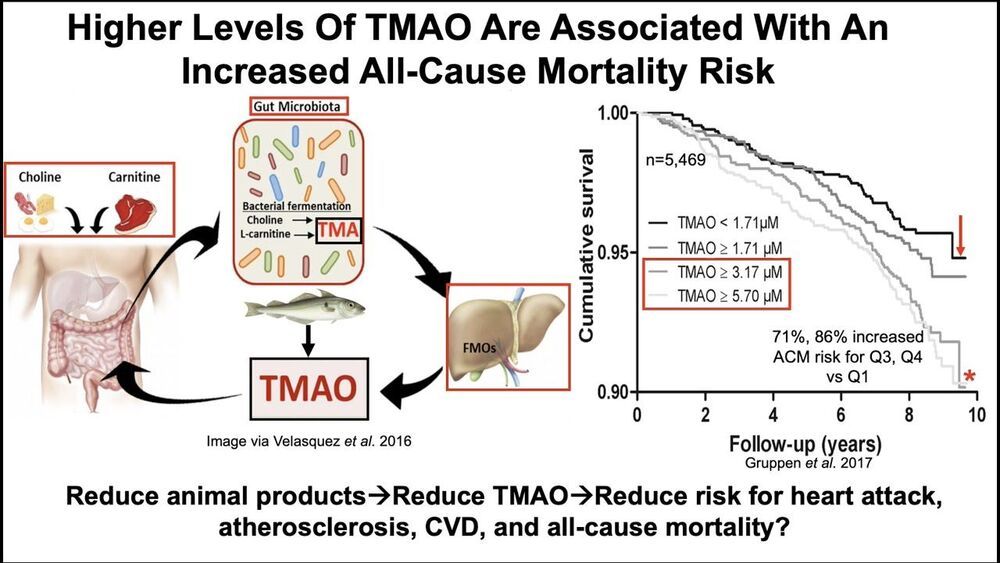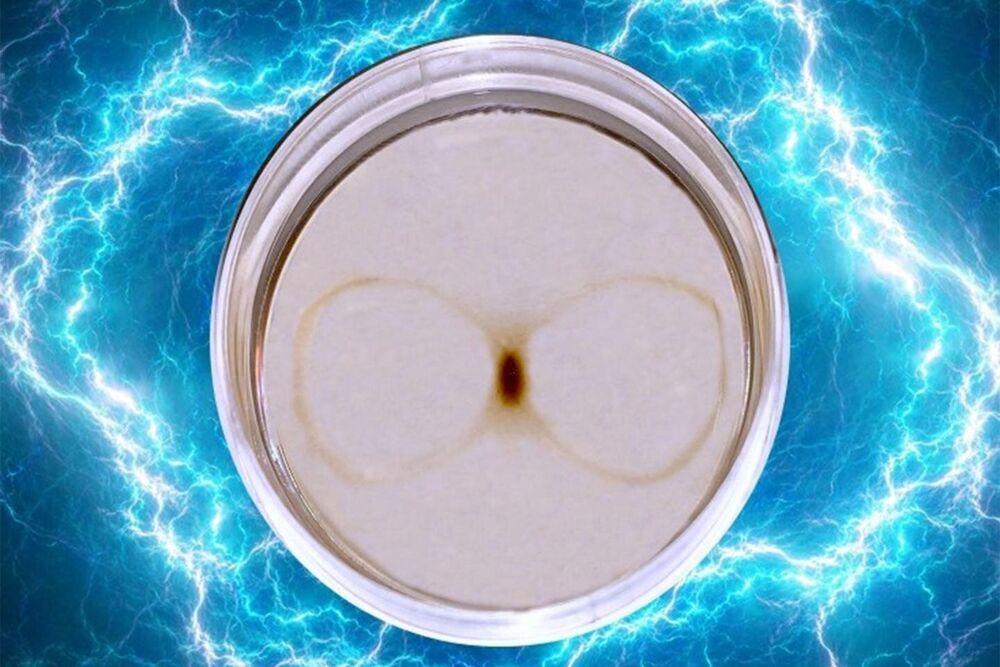Nov 20, 2020
It Sure Looks Like Humans Have Found a Way to Reverse Aging
Posted by Quinn Sena in categories: bioengineering, biotech/medical, life extension
A landmark study shows this age-old tech is the key.
The cure for aging has long been the Holy Grail of medicine. Emerging technologies, like the gene editing tool CRISPR, have opened the floodgates to what may be possible for the future of medical science. The key to slowing down aging, however, may lie in a simple and age-old technique.
Dive deeper. ➡ Read best-in-class health, tech, and science features, and get unlimited access to Pop Mech.
Continue reading “It Sure Looks Like Humans Have Found a Way to Reverse Aging” »
